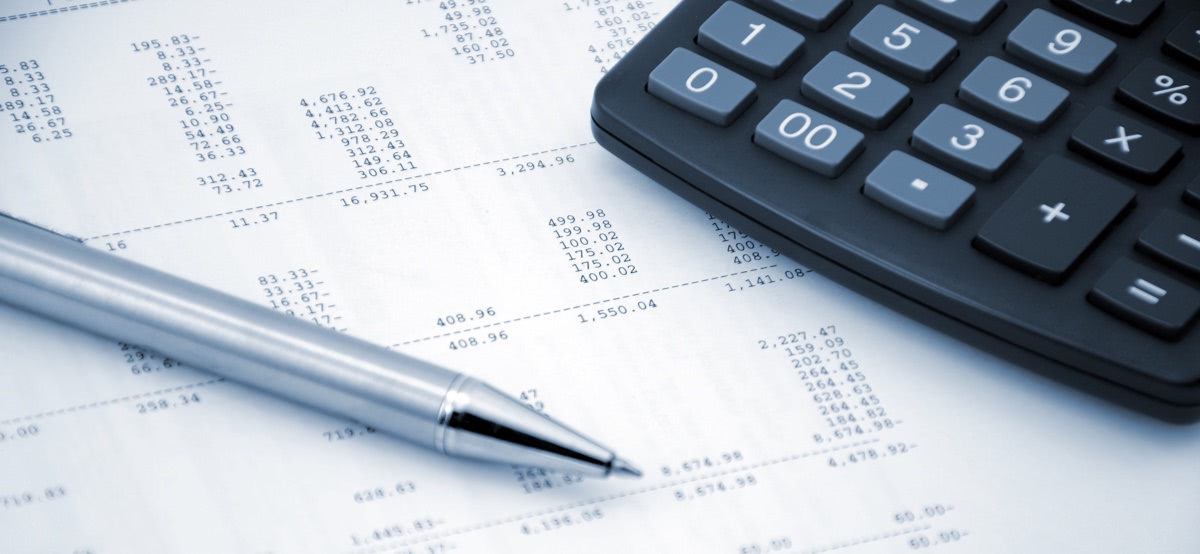Is it worth it to sign up for a service like YNAB to create a budget? Or can you get by just fine setting up your own ledger in a spreadsheet?
Sort answer, yes. And yes.
For thousands of years, businesses and individuals have been tracking what they earn and spend on paper, clay tablets, and bee’s wax. In fact, the oldest known written document is a 5,000-year-old shopping receipt for clothes.
These people all got by without YNAB. That doesn’t mean that you shouldn’t consider using a specialized tool for the job. Technological advances make the impossible possible and the difficult easier.
So while it’s perfectly possible to implement an envelope-based budget system on paper to plan and track your spending, there are several reasons why YNAB makes the experience better.
- Automatic import of transactions. YNAB will connect to most banks and automatically import your transactions. If your bank doesn’t support this, YNAB can import QFX files, which almost every bank can export. This makes updating the ledger quick, painless, and mostly free of mistakes.
- You can take it with you. Sure, you can throw a spreadsheet into cloud storage somewhere and access it from any device, but it’s going to be a little awkward. In addition to being available on the web, YNAB has mobile apps that are designed for smaller screens.
- Reconciliation is a breeze. YNAB walks you through the process of reconciling your account. When you roll your own spreadsheet, it’s surprisingly complex to allow for cleared and uncleared transactions.
- Budgeting doesn’t require double-entry. On a spreadsheet, you basically need to enter each transaction twice: once in the checking register to reflect you spent $88.37 at Safeway and again on the budget side to track that you used $62.89 on Groceries, $10.48 from Household, and $15 from Gifts. If creating a budget (planning your spending) is the point of the exercise, use an application that handles it for you automatically.
- You’re not alone. Trying to figure out how something works? With YNAB, you have a large community dedicated to your budgeting success. Their support forums are actively monitored, there’s an active subreddit, and they hold frequent training classes to sharpen your skills.
If you want to develop your own spreadsheet, you don’t have to faithfully reproduce every feature. The YNAB team has spent a lot of time refining and fixing what the app does. (This is their day job, after all.)
No app is perfect. There are some valid reasons why you may prefer to craft your own spreadsheet that suits you.
- You have to give YNAB your banking passwords. In order to automatically import transactions from your bank, you have to give YNAB your banking passwords. If that makes your blood run chill, good. It should. It runs contrary to every principle of keeping your accounts safe. It takes no small amount of trust to hand over the keys and assume YNAB isn’t going to cause a problem. If you’re not comfortable doing this, you can still import transactions manually, but you’re losing out on a major convenience feature.
- YNAB may not do everything you want. Software features take time to implement. Once they’re implemented, they take time to maintain. This is why new features get added over time. That’s all fine and good, but if you roll your own spreadsheet, you can have it do exactly what you want and nothing more.
- YNAB may not work the way you want it to. Some features may not work the way you expect them to, and it will take some time for you to wrap your head around how it works. (Although, if you’re honest, your spreadsheet is going to have its quirks, too.)
- It’s another bill. You probably already have Excel, Numbers, or Google Sheets.
- What happens if the company goes away? Should the unthinkable happen and YNAB closes up shop, you’d lose the use of the web app. Hopefully, there would be a migration path to help you export your data. But what then? You’d either need to roll your own spreadsheet at that point or learn another tool (and hope it doesn’t go away).
You can absolutely plan and track your spending using just a spreadsheet. (In fact, YNAB originally was a spreadsheet.) You can create exactly the reports you want to see. You have full control.
That control does come at a price, though. You’ll spend time to set up and maintain the system, and you could spend that time doing something else. If it contains a mistake, you’re the one that has to notice it and fix it.
The question you need to ask yourself is whether you want to spend the time developing a custom spreadsheet or go with an off-the-shelf solution that’s good enough—and honestly, quite great.
The important thing is that you create a written budget every month and plan your spending ahead of time. (Yes, “writing” digitally counts.) Being intentional about your spending is one of the strongest indicators of how successful you will be with money.
Question: Do you plan your spending with an app like YNAB or with your own spreadsheet? Share your thoughts in the comments, on Twitter, LinkedIn, or Facebook.

